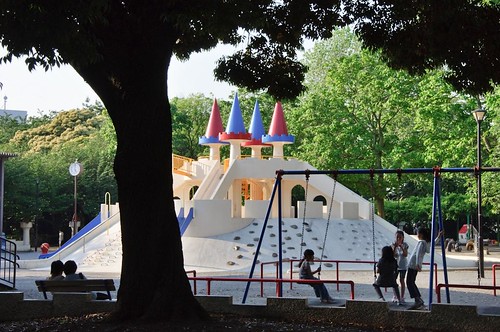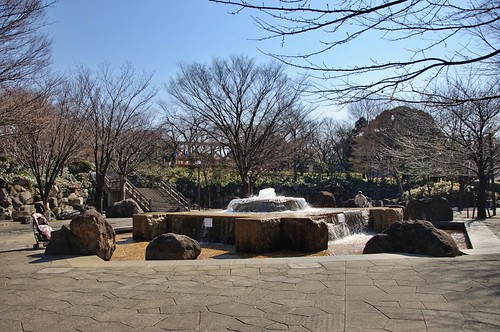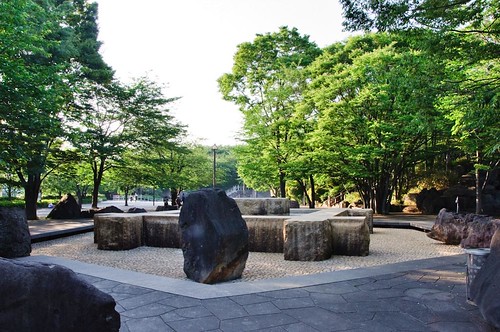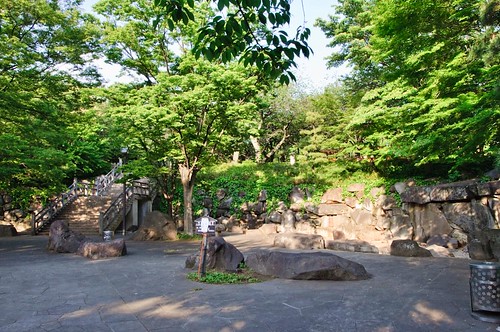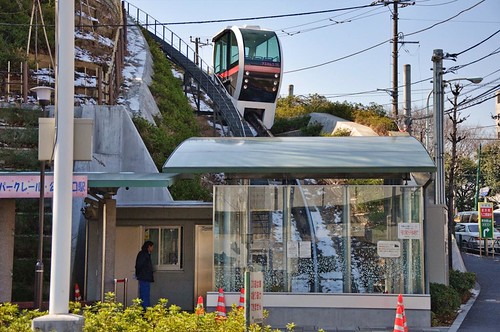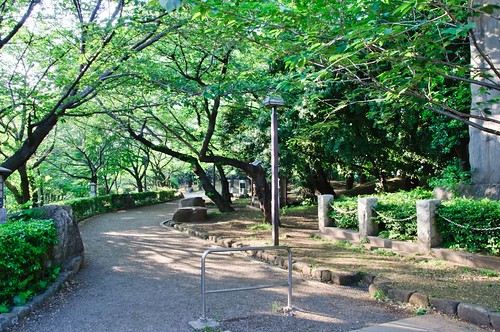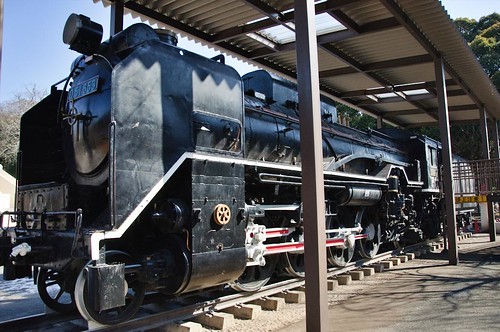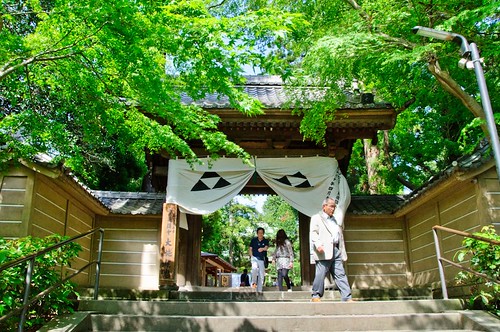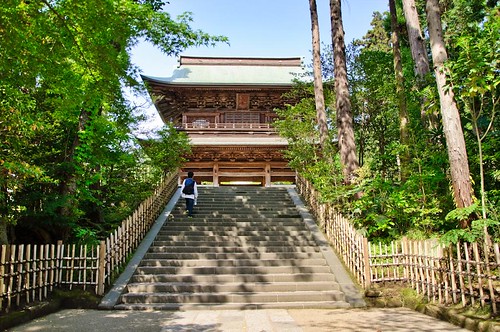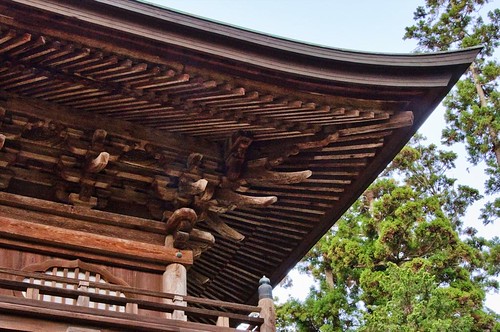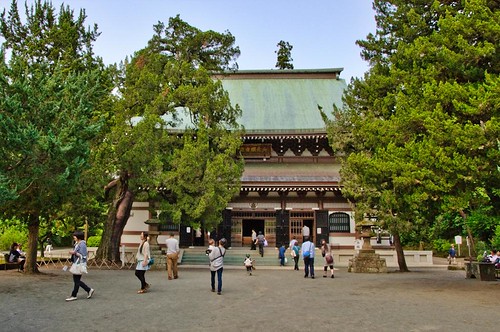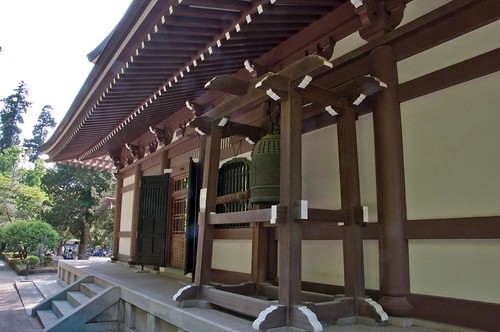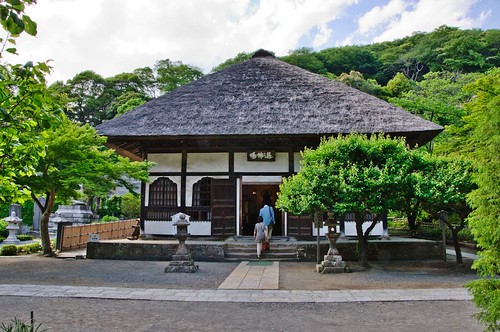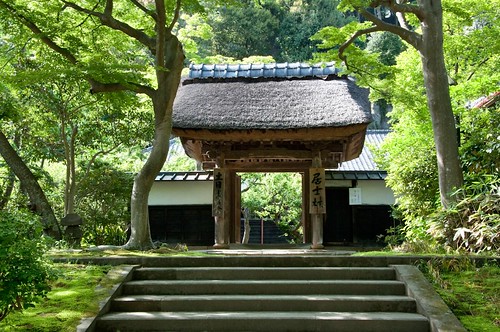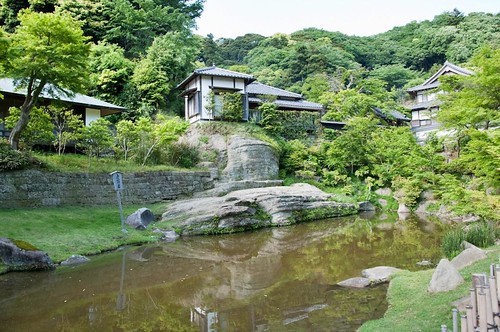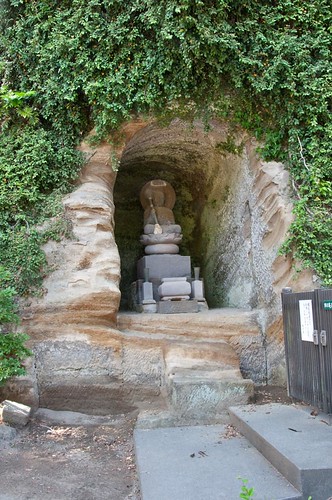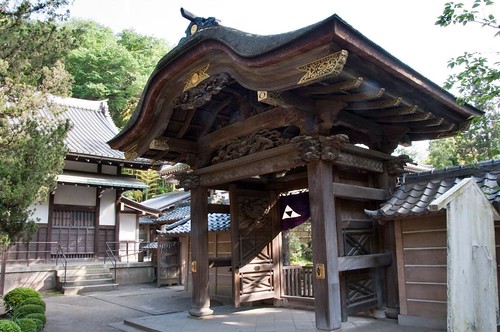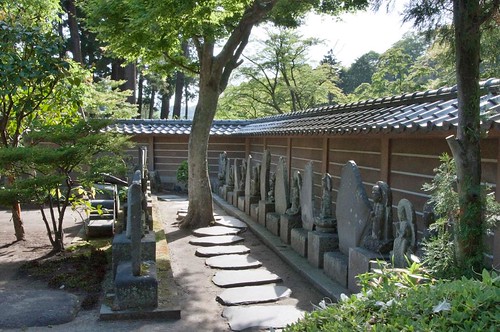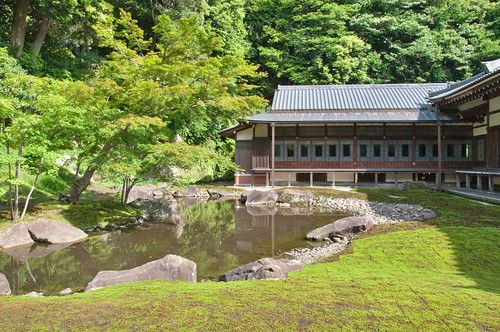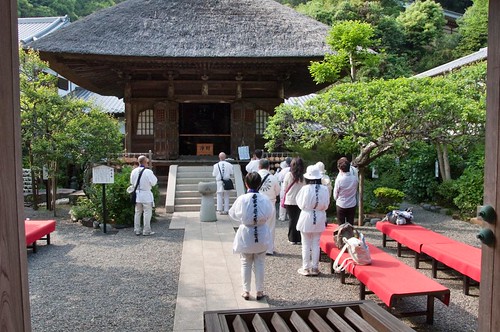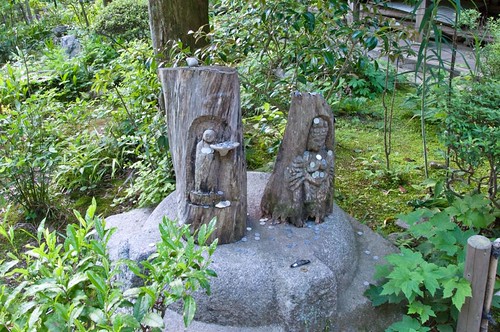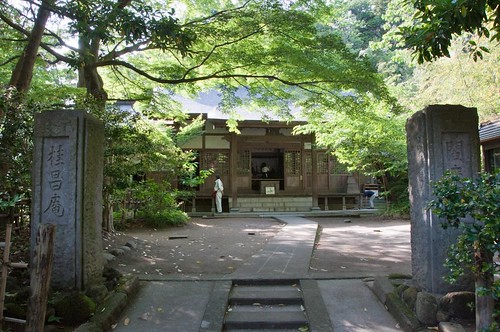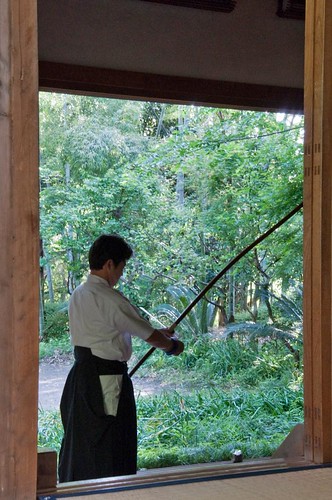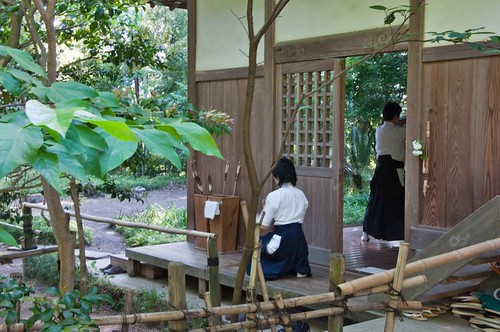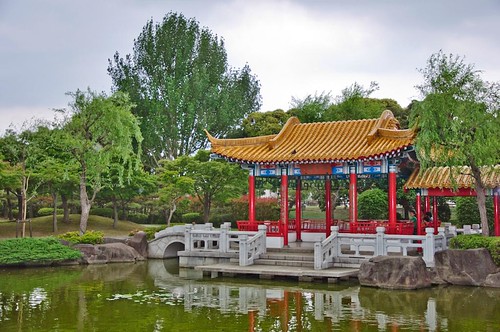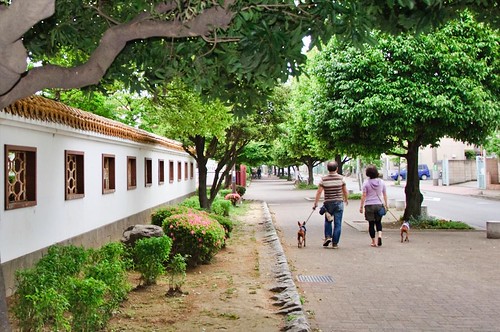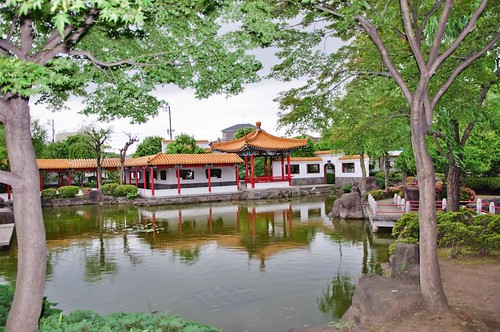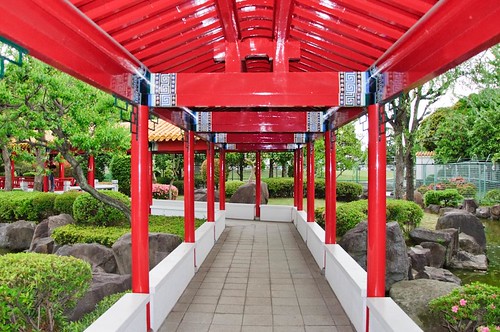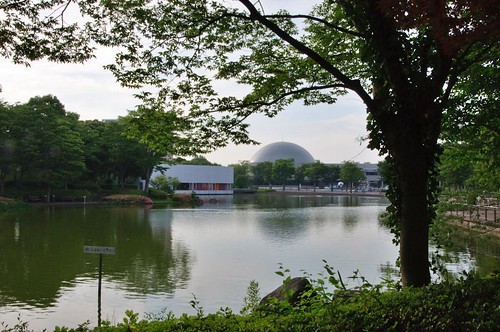
Tsukuba in Ibaraki prefecture, it is also known as the Tsukuba Science City, A planned city with 13,000 scientist (5600 Ph.D. holders), and close to 300 science related companies, it is the world’s leading Science City.
Conceived in an initiative to move part of government from Tokyo to reduce the city overcrowding. In 1967, 6 ministries and 36 institutions agreed to move to the new city, with only the Science and technology center for disaster prevention starting actual construction on the new city. In 1985, the Tsukuba International Science and Technology exposition was held there to attract private enterprises to the city.
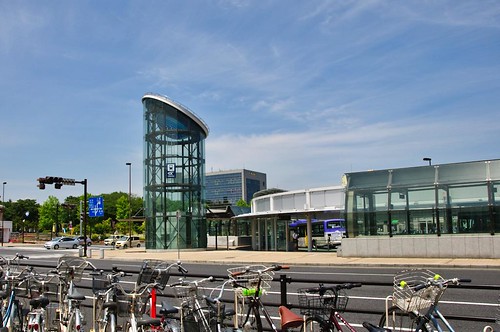
The city become attractive to companies after the opening of the Tsukuba express rail service, halving by half the time required to travel from the city to Akihabara to 45 mins.
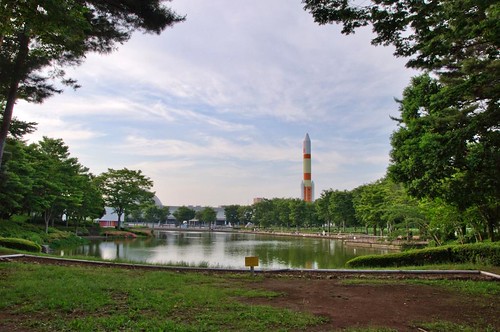
The city garden city design is another of the attractions for companies to relocate, the green areas are significant in proportion to the industrial, and residential ones.
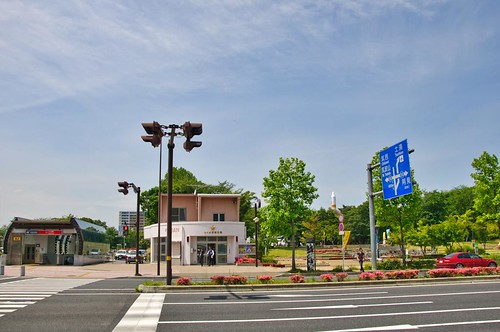
The city has an underground join trench to accommodates all the power telephonic llines, etc... Giving an uncluttered image to the city, something I wish we had more in Tokyo.
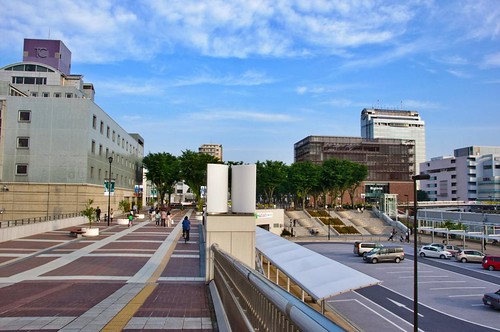
The city university is well connected to the downtown by a system of bicycle pathway and bridges. The one pictured above counts also with a line dedicated for robot testing.
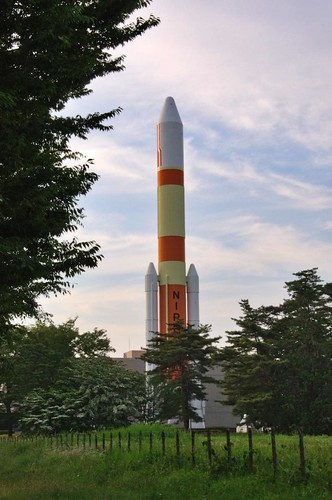
In the city park there is a full-scale working rocket to commemorate the city expo.
View Tsukuba city in a larger map
Español
